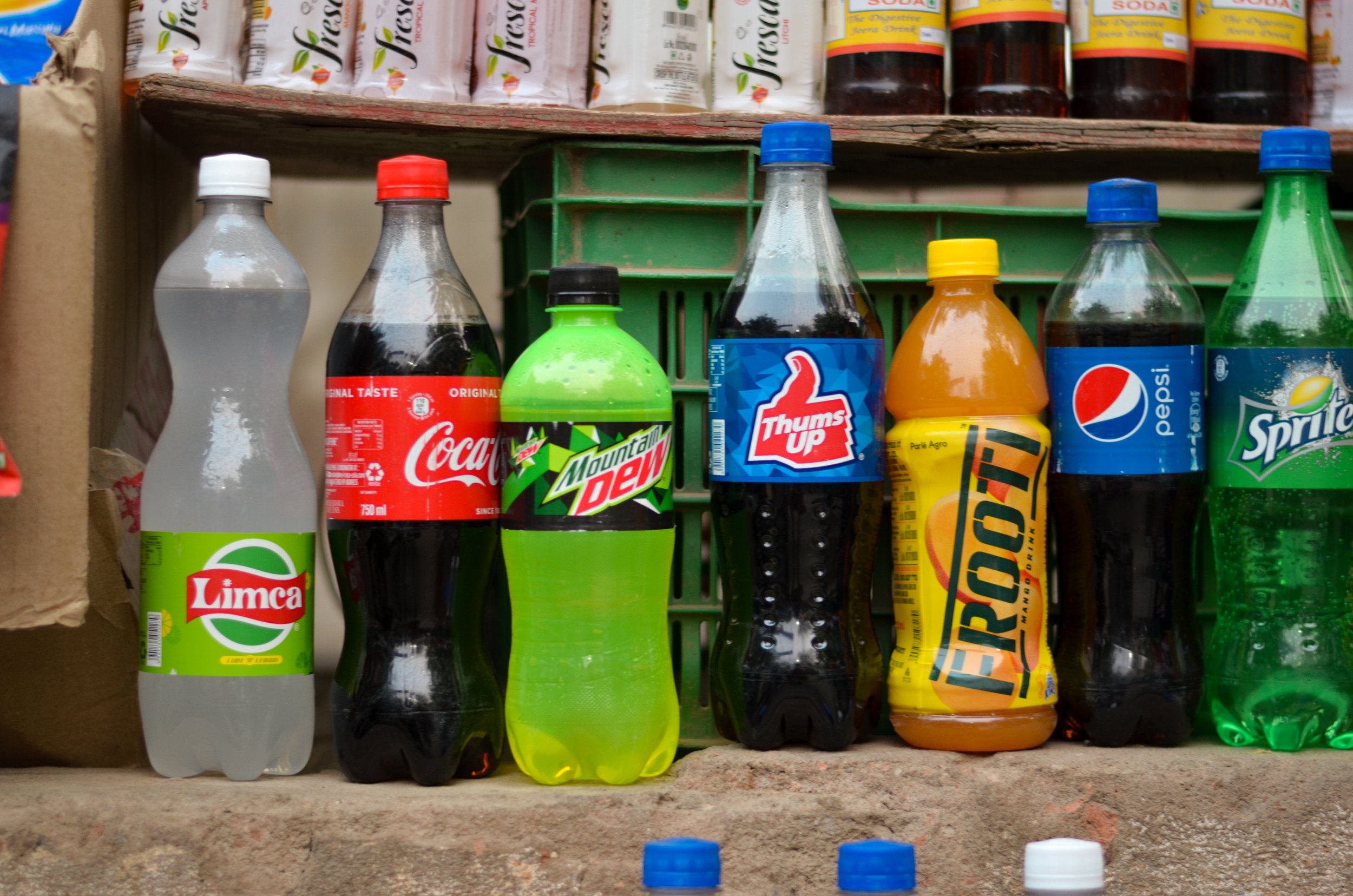Don't Discount Flanker Brands
Most companies aspire to play in the premium segment of a market, emphasizing high quality, high-price products or services. In an increasingly global and competitive world, that strategy leaves them open to competition from low-cost entrants that, along the good-better-best spectrum, are simply good enough. And as companies have seen across a diverse set of industries, those low-cost players, if given enough breathing room, can create a substantial drag on share and profitability. Or, in the case of emerging markets, these same low-cost entrants may represent the dominant and difficult to displace, mass-market incumbents. Flanker brands (typically value segment brands) are nothing new; they represent an important, proven tool in a company's arsenal. So, not surprisingly, we continue to see their effective use across industries intimately familiar with the concept (e.g., CPG) as well as those who more recently have begun to employ the same (e.g., Industrial Technology).
What’s a flanker brand? Simply, it’s a new brand that you introduce or purchase in a category in which you already play -- with the goal of expanding share without damaging your pre-existing brand. And the concept rests on a central belief that you would rather somewhat cannibalize your own sales than have someone else take share from you.
For example, when it reentered the Indian market in the early 90’s, Coca Cola purchased Thumbs Up, a local value segment brand. The original intention was that Coke would target the middle class and affluent customers in urban and larger secondary cities, while Thumbs Up, which maintained dominant share at the time, targeted less affluent urban consumers and those in secondary cities and rural areas. Furthermore, Coca-Cola wanted to eventually transition consumers from Thumbs Up to Coke. Surprisingly for Coke, Thumbs Up refused to die. Instead, that particular flanker brand remained exceptionally strong, keeping Pepsi at bay and providing Coca-Cola with substantially more share than what would be possible through its Coke brand alone. In fact, when Coca-Cola previously tried to pull back on and “suffocate” Thumbs Up as a means to transition customers to Coke, they instead found substantial consumer defection to Pepsi. And having learned its lesson, Coca-Cola has since re-launched and more fully resourced the Thumbs Up brand -- focusing it on specific segments that are distinct from those targeted with the Coke brand.
What’s a flanker brand? Simply, it’s a new brand that you introduce or purchase in a category in which you already play -- with the goal of expanding share without damaging your pre-existing brand.
How do flanker brands allow companies to capture more share than through just their main brand alone? Simply put, they allow a company to:
Engage new segments (e.g., more value-conscious shoppers) without degrading the equity of their core brand
Expand into new geographic markets where mass-market needs within specific categories may continue to lag those of more developed markets
Fight off new market entry from competitors looking to siphon off segments within a company’s existing customer base
Expand and improve the stickiness of shelf space by increasing retailer dependence on the company as a supplier
Diversify revenue mix while insulating the company from shocks (e.g., macroeconomic retraction which may constrain consumption of the luxury / premium portion of the portfolio)
Maximize lifetime customer value by providing customers with a ladder of price points across which to move over time
Should you make greater use of flanker brands? The answer will obviously vary based on the competitive, customer and macroeconomic trends within your market. However, there a few key questions you can ask, including:
1. Is it possible to adapt my existing product or service enough so that new offerings under a new brand will appeal to a distinct segment of the market altogether, minimizing cannibalization?
2. Can I do so while maintaining enough differentiation from the new set of brands that my flanker will compete against – i.e., those that are already established in my target market?
3. Is it likely that this brand will generate the revenue and margins needed to make NPD, commercialization and product and channel support viable?
4. How to I realign channel incentives, structure and support to motivate those third parties to act in a way consistent with my desired revenue mix?
5. What, if any, sales and marketing tie-ins should I maintain between my core and flanker brands to balance creating strength through a portfolio approach with the need to maintain distinction?
When used effectively, a well-executed flanker brand can serve as a substantial boost to your share and revenue. And, in cases like Thumbs Up, can end up unexpectedly capturing and sustaining a dominant position within the market. Are you using flankers brands effectively?
Contact us to learn more.


